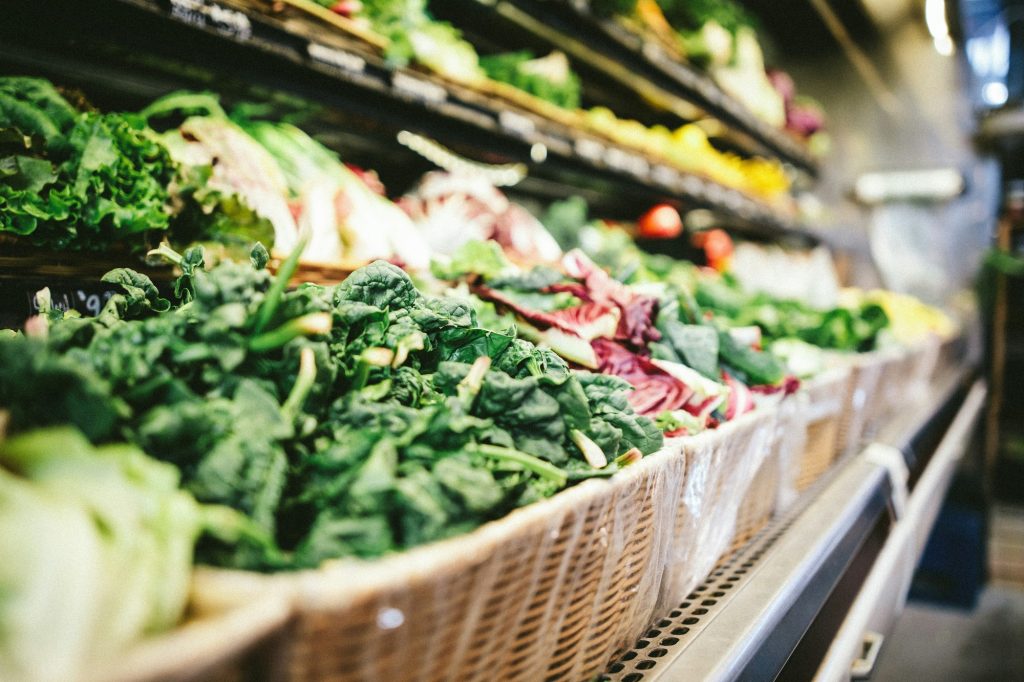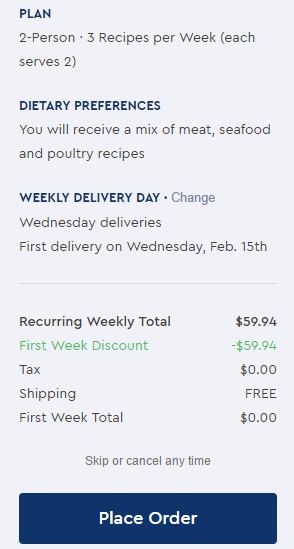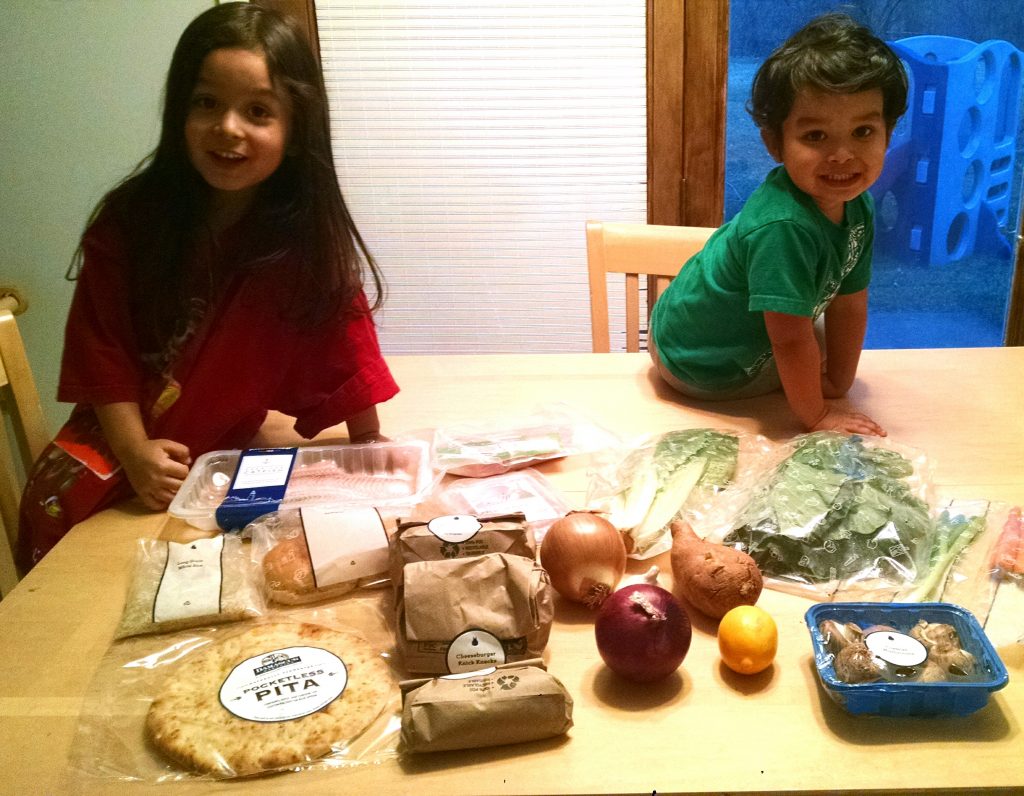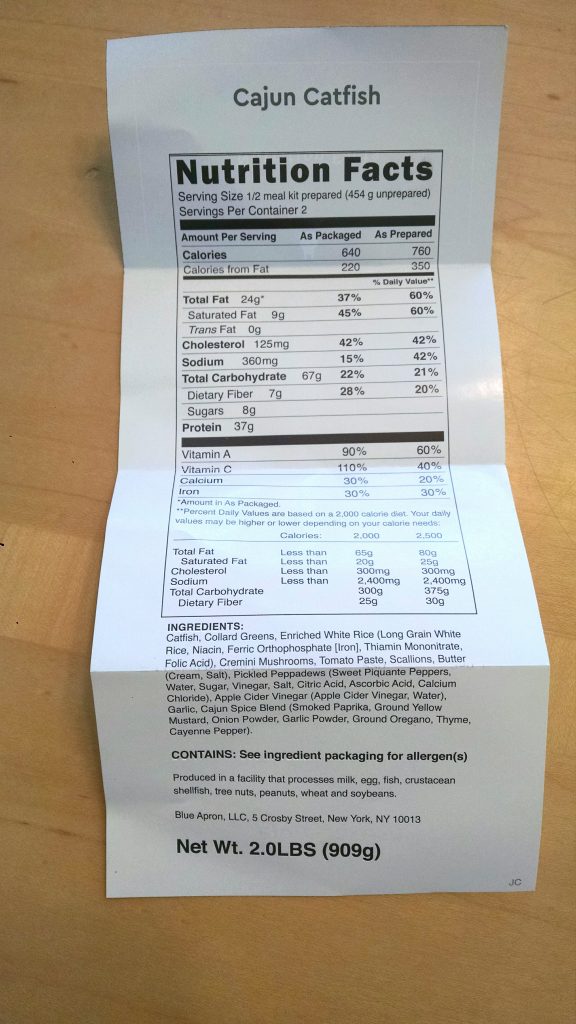
If your child grimaces at broccoli or negotiates their way out of every bite of spinach, you’re not alone. Forcing veggies may seem like a necessary step in raising healthy eaters, but it often leads to resistance, power struggles, and long-term food aversions. Many parents think persistence equals progress—but when it comes to vegetables, pressure can do more harm than good. Fortunately, there are smarter, more peaceful ways to encourage veggie-loving habits that stick. Here’s why forcing veggies often fails and what you can do instead to turn picky eaters into enthusiastic participants at the dinner table.
1. Forcing Veggies Creates Negative Associations
When vegetables become a battleground, kids start to associate them with tension, stress, and discomfort. Being forced to eat something while feeling pressured can trigger anxiety and make mealtime miserable for everyone. The more you push, the more a child may dig in their heels out of sheer defiance or discomfort. This creates a cycle where forcing veggies doesn’t improve eating habits—it just reinforces the belief that vegetables are gross and must be avoided. A relaxed and positive environment makes kids more open to trying new foods without fear or resistance.
2. Power Struggles Distract From Healthy Eating
Children, like adults, want to feel in control of their choices. When you turn veggies into a non-negotiable command, it invites them to push back simply to reclaim that control. If every meal turns into a tug-of-war over green beans, your child might focus more on “winning” than on eating. Forcing veggies turns mealtime into a power struggle rather than a learning experience. Offering choices and involving kids in food prep helps them feel empowered and more willing to give vegetables a try.
3. Taste Preferences Are Still Developing
Kids are born with more taste buds than adults, and they’re especially sensitive to bitter flavors—many of which are found in vegetables. Forcing veggies doesn’t change their biological sensitivity; it just increases the chance they’ll shut down and refuse them altogether. Repeated, low-pressure exposure over time is far more effective at helping kids adjust to new tastes. Some children need 10 or more tries before they accept a new food. Be patient and remember that rejecting a vegetable today doesn’t mean it’s a lost cause forever.
4. Sneaky Tactics Can Erode Trust
It’s tempting to hide vegetables in smoothies, muffins, or sauces to “trick” kids into eating them—but this strategy can backfire if they find out. While hiding spinach in pasta sauce might get nutrients in, it doesn’t help kids learn to like veggies or trust what’s on their plate. If your child feels deceived, it may make them more suspicious of food overall. Instead of only sneaking in veggies, also serve them openly alongside other familiar foods. Combining transparency with creativity gives kids a sense of choice and curiosity.
5. Bribing Can Undermine Healthy Habits
Saying “You can have dessert if you eat your broccoli” might get short-term results, but it sends the message that veggies are something to suffer through for a reward. This approach teaches kids to associate vegetables with obligation and sweets with joy—exactly the opposite of what you want. Forcing veggies through bribery can also create disordered eating patterns as children learn to eat for incentives rather than hunger. Let veggies stand on their own without turning every meal into a negotiation. Normalizing them as part of the plate helps build positive eating habits naturally.
6. Modeling Works Better Than Mandating
Your kids are watching what you do even more than what you say. If you’re excited about a colorful salad or roasted veggies, they’ll be more curious to try them too. Forcing veggies doesn’t carry the same impact as watching someone they trust genuinely enjoy them. Invite your kids to help you pick out vegetables at the store, rinse them at the sink, or stir them into a dish. When kids feel involved and see veggies as a family norm, they’re more likely to follow suit.
7. Flavor and Texture Matter
Sometimes kids refuse veggies not because of the vegetable itself, but because of how it’s prepared. Mushy carrots or plain steamed cauliflower may not appeal to developing palates. Forcing veggies that are bland or unappealing in texture won’t change a child’s mind. Try roasting vegetables with olive oil and seasoning, blending them into dips, or serving them raw with a favorite sauce. Offering vegetables in different formats helps kids discover what they enjoy—and makes trying them a lot more fun.
Invite Curiosity Instead of Conflict
The key to raising veggie-loving kids isn’t pressure—it’s patience, exposure, and a bit of creativity. When you stop forcing veggies and start creating positive, low-stakes opportunities to explore them, your child is more likely to come around. Keep meals joyful, involve your kids in the process, and celebrate small wins along the way. It’s not about perfect plates—it’s about building trust and nurturing a healthy relationship with food that will last far beyond the dinner table.
Have you struggled with getting your child to eat vegetables? What strategies have helped in your home? Share your wins (or woes) in the comments!
Read More:
6 Food Items That We Think Are Healthy but Are Bad for Our Children
Eat More, Weigh Less: 15 Foods That Are Perfect for Snacking
Catherine is a tech-savvy writer who has focused on the personal finance space for more than eight years. She has a Bachelor’s in Information Technology and enjoys showcasing how tech can simplify everyday personal finance tasks like budgeting, spending tracking, and planning for the future. Additionally, she’s explored the ins and outs of the world of side hustles and loves to share what she’s learned along the way. When she’s not working, you can find her relaxing at home in the Pacific Northwest with her two cats or enjoying a cup of coffee at her neighborhood cafe.










